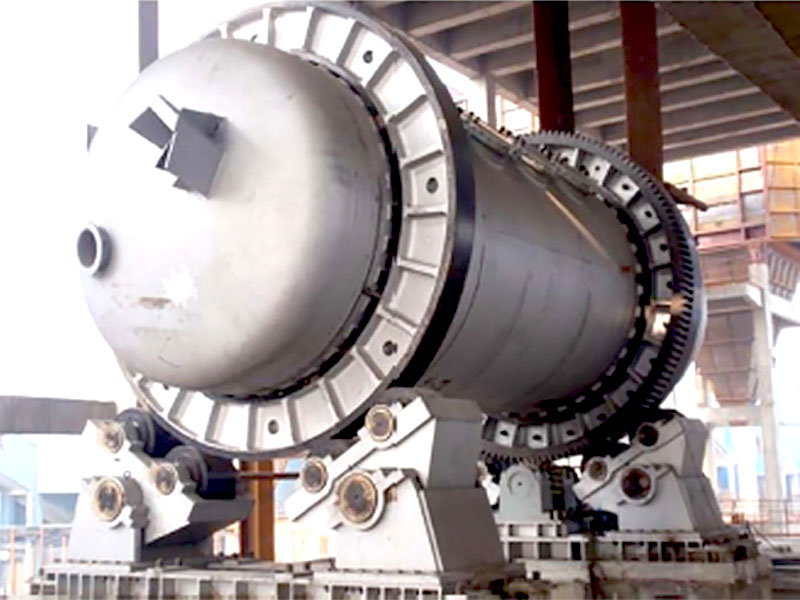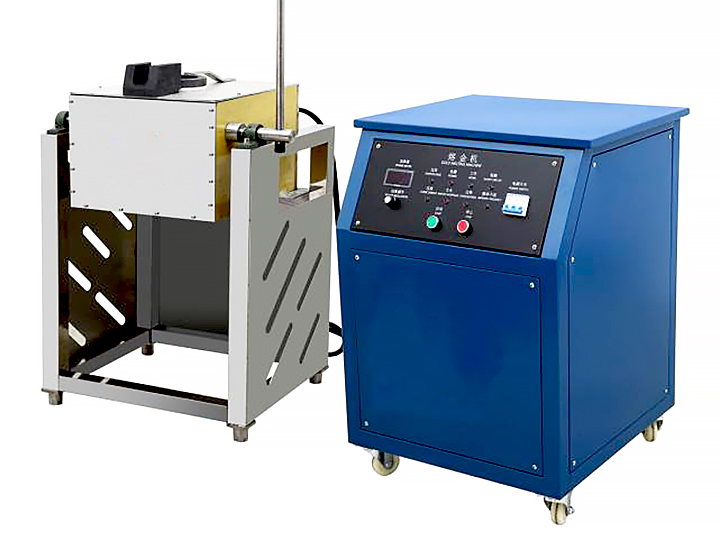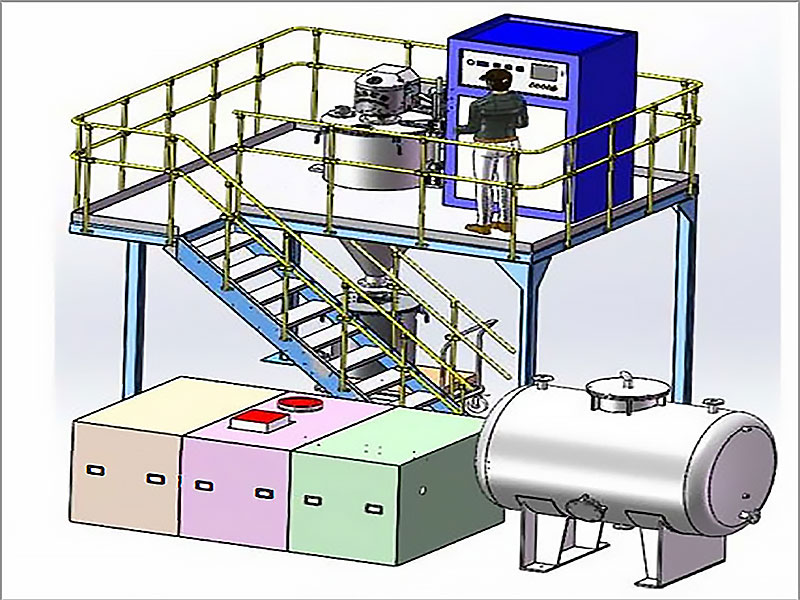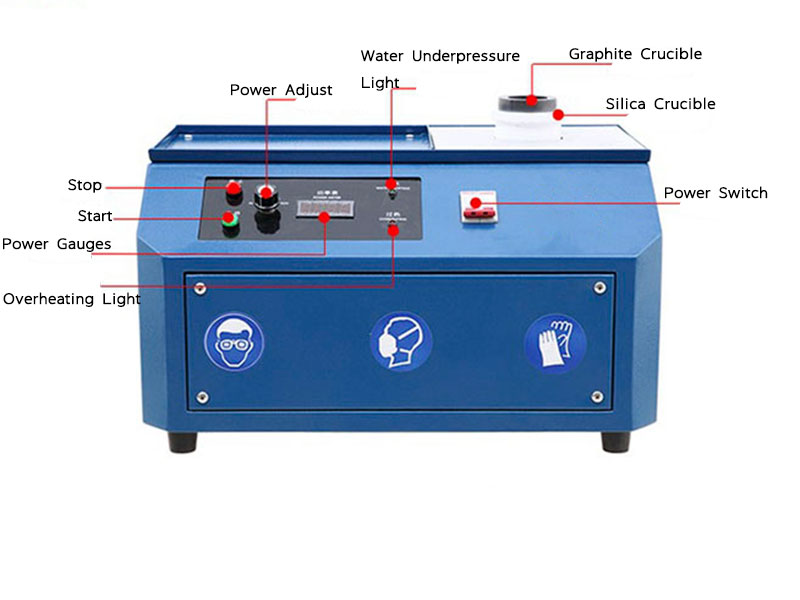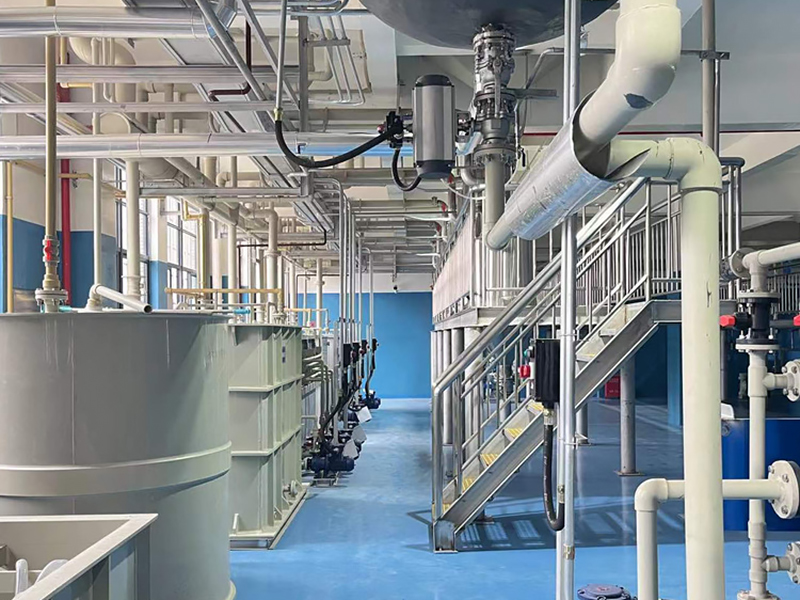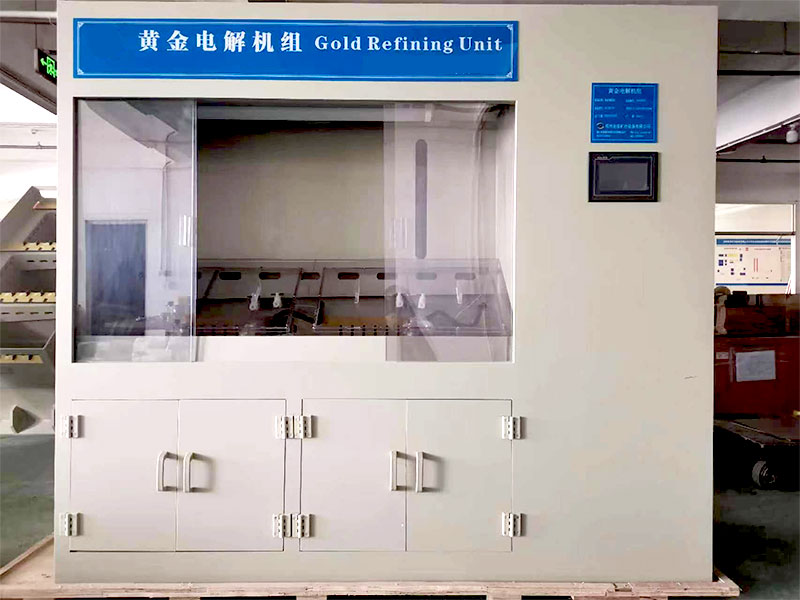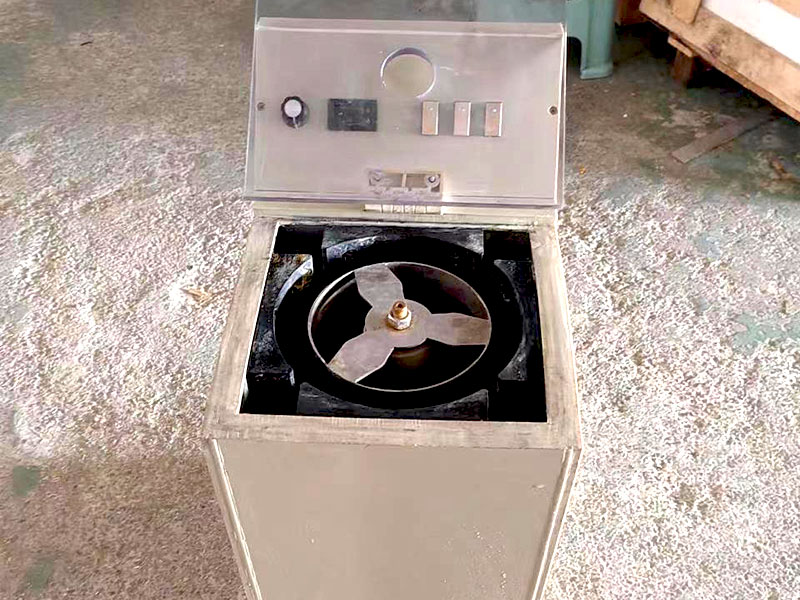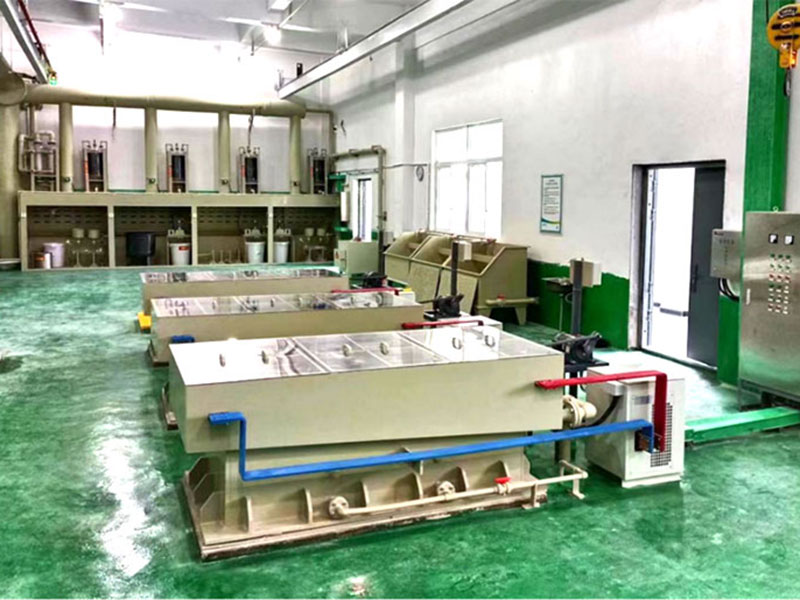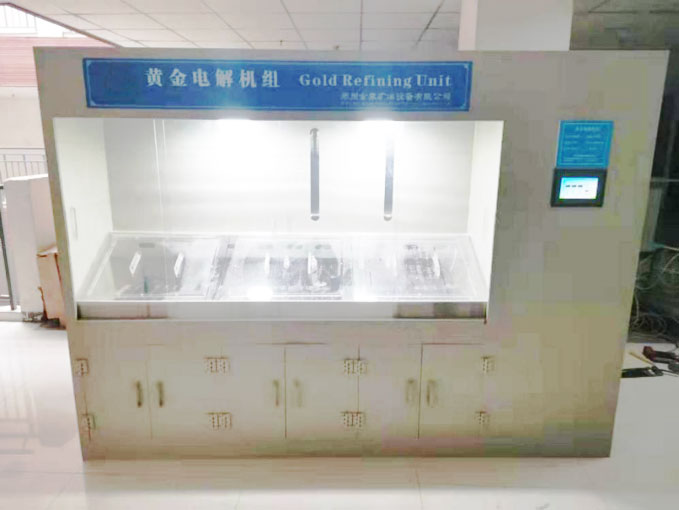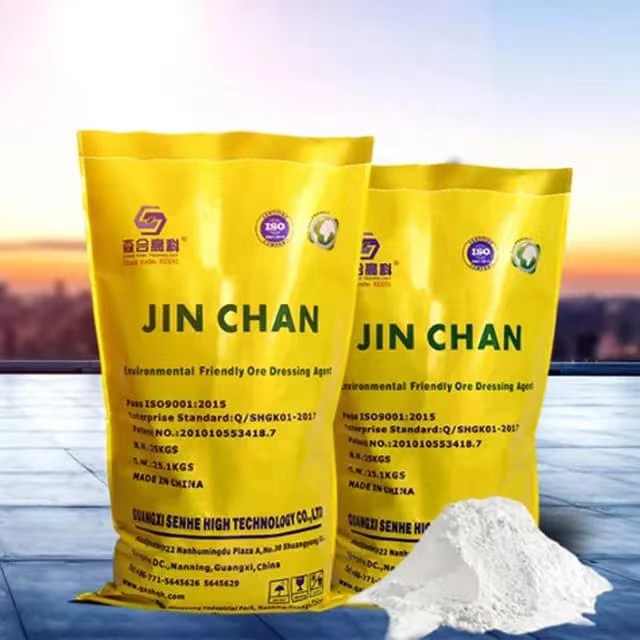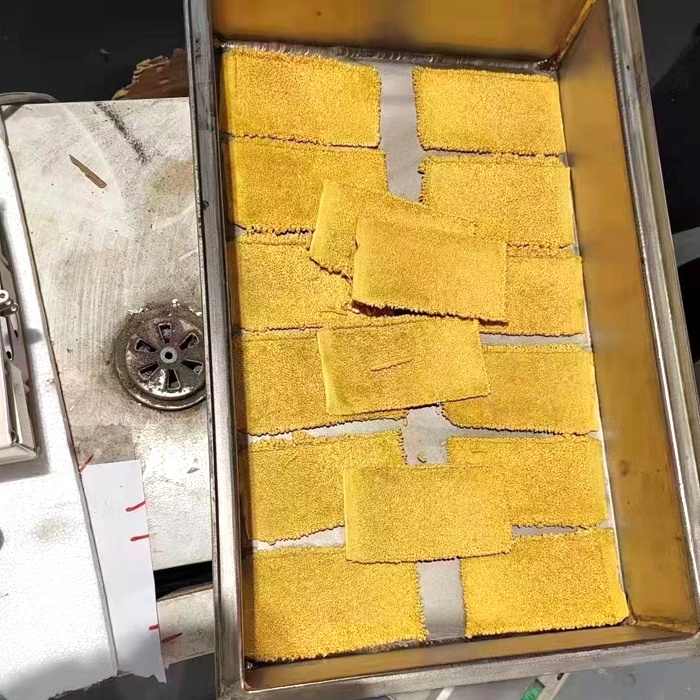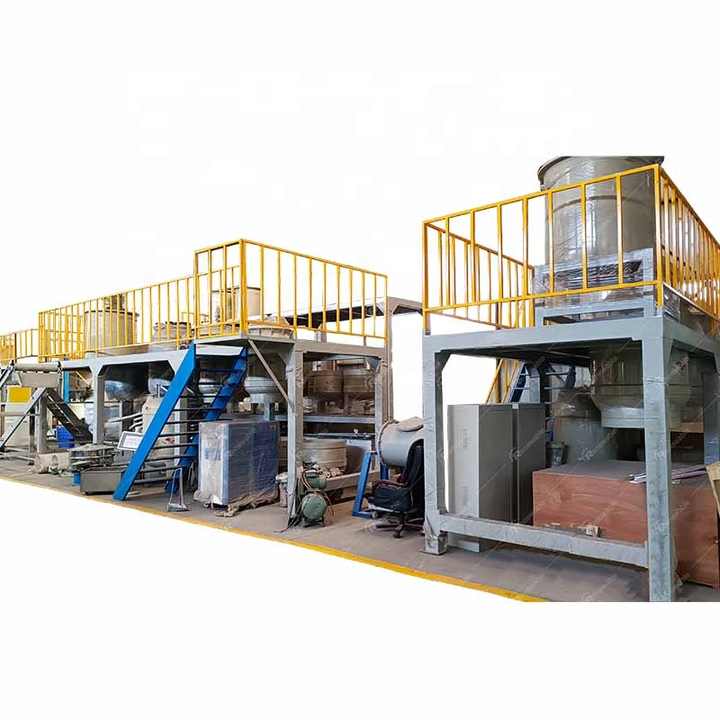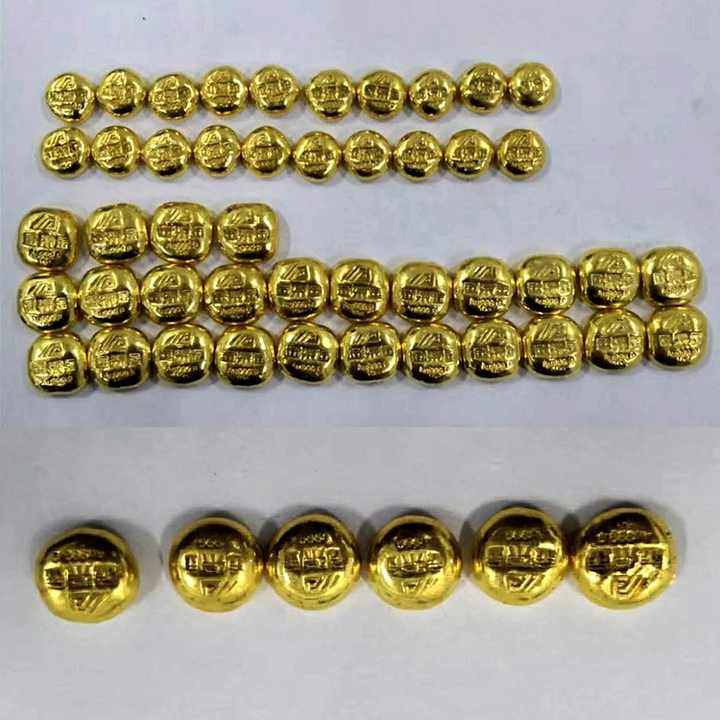Miller Method Refining Gold
Miller Method Refining: A Pioneering Technique for Unmatched Gold Purity
In the vast landscape of precious metal refining, achieving unparalleled purity standards remains a paramount objective. Among the various methodologies employed, theMiller Methodstands out as a beacon of efficiency and precision. Developed to meet the stringent demands of industries requiring gold of the highest quality, this technique has revolutionized how we perceive gold refinement. FRT Machinery, at the forefront of innovation, offers insights into the intricacies and benefits of the Miller Method, ensuring readers understand its significance in modern metallurgy.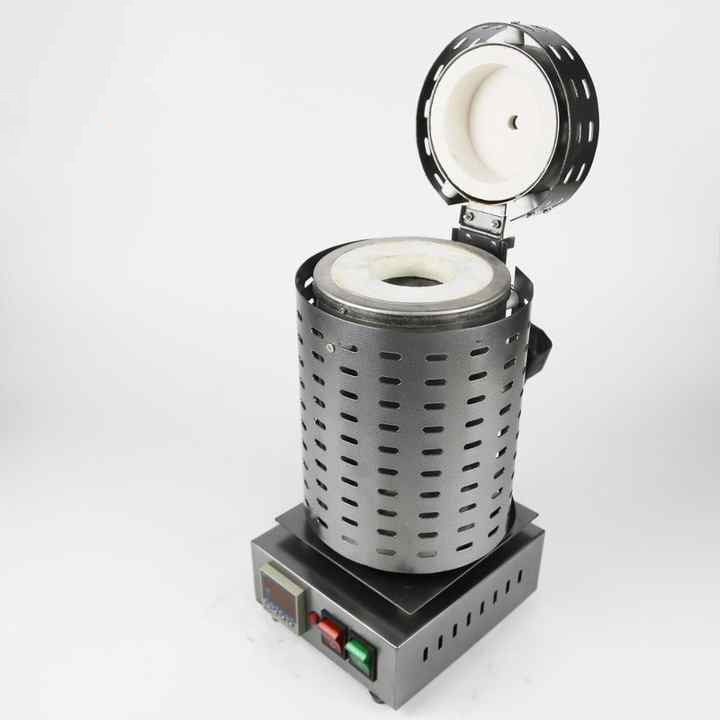
The Fundamentals of the Miller Method Refining Process
Understanding the basics of theMiller Methodis crucial for grasifying its effectiveness. This method primarily involves the electrolytic refining of gold, where impurities are removed through a controlled chemical process. Initially, gold is dissolved using a combination of heat and chemical agents, typically chlorine gas. This process oxidizes contaminants, allowing them to be separated from the gold. The purified gold is then deposited on cathodes within an electrolytic cell, resulting in gold of exceptional purity—often reaching 99.95%.
Applications of Miller Method Refining in Modern Industries
TheMiller Methodfinds extensive applications across diverse sectors, driven by the increasing demand for high-purity gold. In electronics manufacturing, for instance, gold’s conductivity and resistance to corrosion make it indispensable. Similarly, the jewelry industry relies heavily on this method to ensure the aesthetic appeal and durability of their products. FRT Machinery’s advanced systems enable seamless integration of the Miller Method into industrial processes, facilitating both efficiency and environmental sustainability.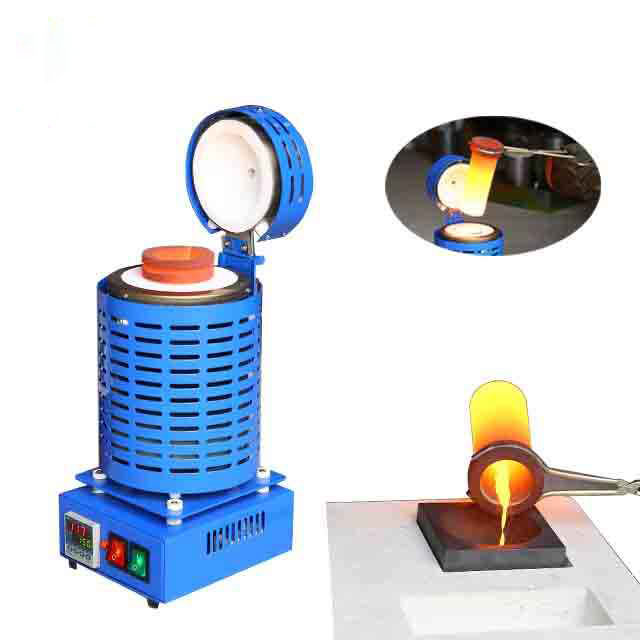
Advantages of Using the Miller Method Over Traditional Techniques
Compared to traditional gold refining methods, theMiller Methodoffers several advantages that have propelled its adoption worldwide. Firstly, it achieves higher purity levels, essential for specialized applications. Secondly, the process is more environmentally friendly, minimizing toxic waste production compared to methods involving cyanide leaching. Lastly, automation capabilities provided by FRT Machinery significantly enhance operational efficiency, reducing labor costs and enhancing safety standards within refineries.
Challenges and Considerations When Implementing the Miller Method
Despite its numerous benefits, implementing theMiller Methodrequires careful consideration of certain challenges. One primary concern is the initial investment required for setting up the necessary infrastructure. Additionally, skilled personnel are needed to operate and maintain these systems effectively. However, FRT Machinery provides comprehensive support, including training and maintenance services, to ensure smooth operations and maximize return on investment.

Future Innovations in Miller Method Refining Technology

Looking ahead, ongoing research and development efforts promise further advancements in theMiller Method. Innovations aimed at improving energy efficiency, reducing operational costs, and enhancing safety protocols are key areas of focus. FRT Machinery is committed to driving these innovations, continuously upgrading its technologies to meet evolving industry needs and environmental regulations.
Conclusion: Embracing Miller Method Refining for a Sustainable Future
As global industries continue to prioritize sustainability and efficiency, theMiller Methodemerges as a critical tool for achieving these goals. By leveraging state-of-the-art technology and expertise from FRT Machinery, organizations can refine gold with unparalleled precision while contributing positively to environmental conservation efforts. This method not only ensures the delivery of premium-quality gold but also paves the way for a more sustainable future in metallurgical practices.

